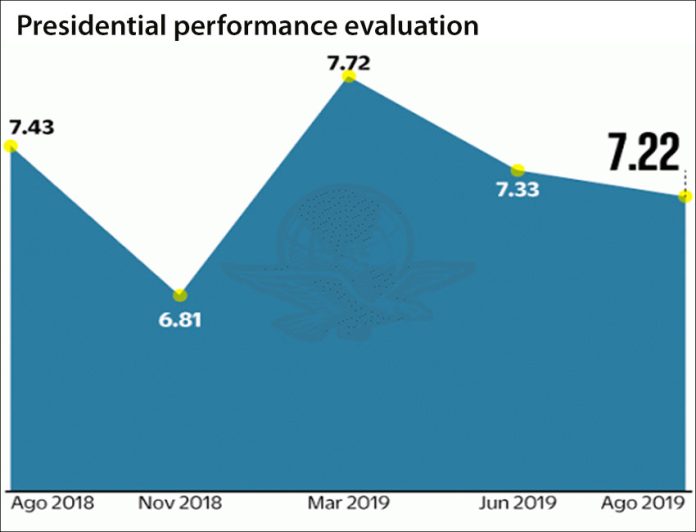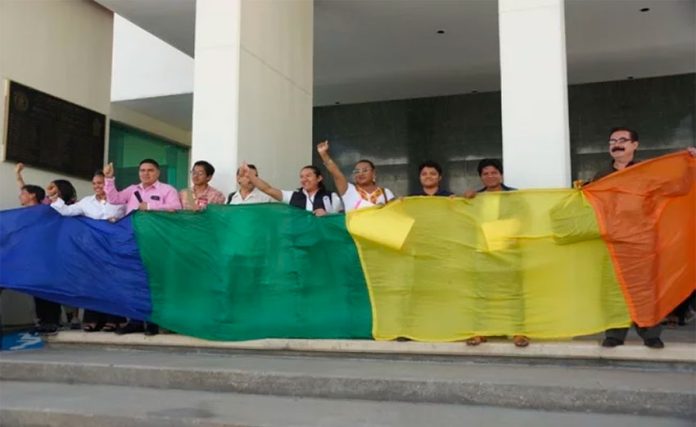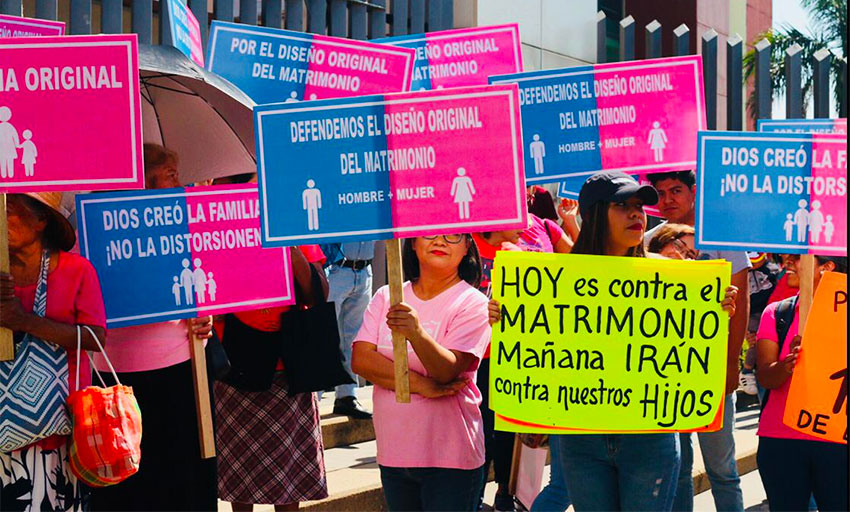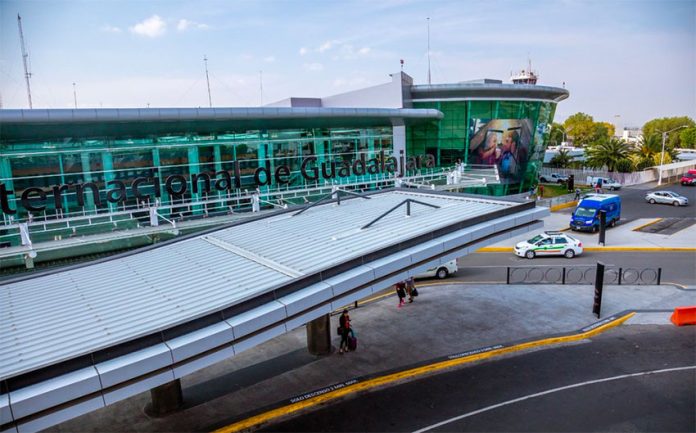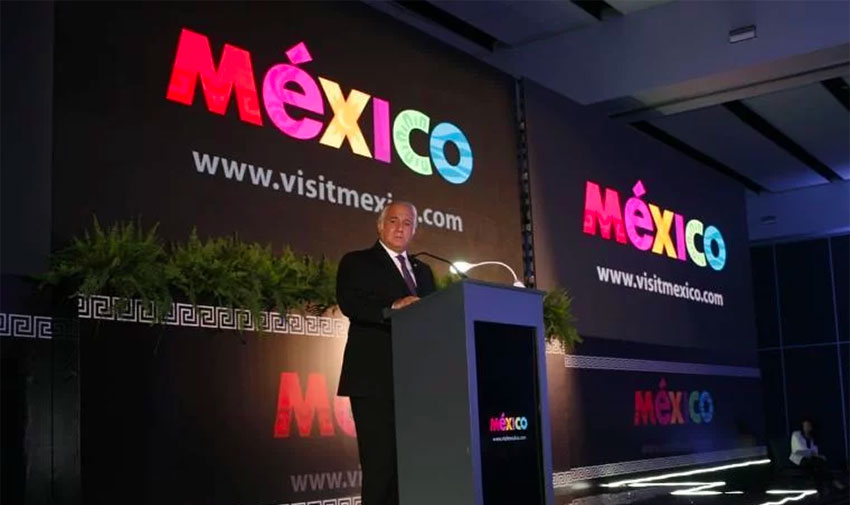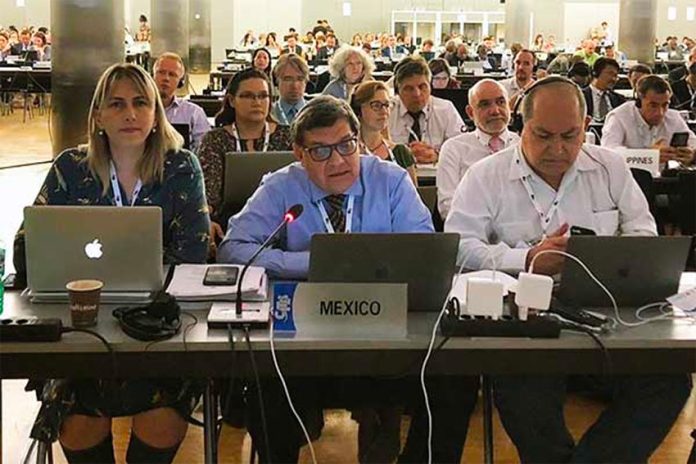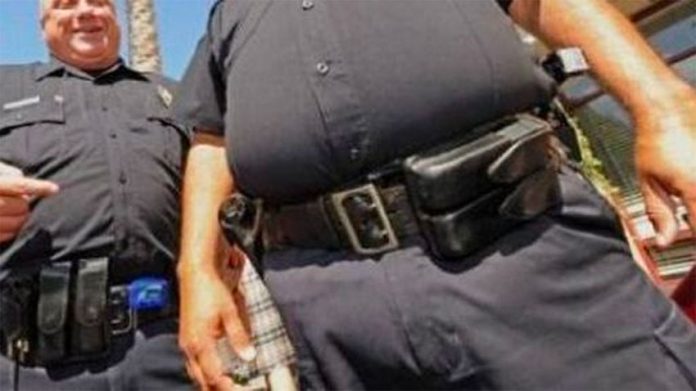Almost three-quarters of respondents to a new poll said they would vote in favor of President López Obrador completing his six-year term, while just under seven in 10 approve of his performance.
If a revocation of mandate vote was held today – as the president has pledged to hold three years into his administration – 74.1% of those polled by the newspaper El Universal said that would support the continuation of López Obrador’s term, while 19.3% indicated they would not.
The other 6.6% of respondents said they didn’t know which way they would vote.
The president’s approval rating remains strong at 69% although it has declined almost four points compared to El Universal’s June poll and 10 points since March.
López Obrador’s performance rating on a scale of one to 10 also slipped to an average of 7.22 compared to 7.33 in June and 7.72 in March.
Nevertheless, only 9.5% of respondents to the August survey said that they “totally disapprove” of López Obrador’s performance.
Seven in 10 said the president has demonstrated the capacity to solve the country’s problems even though 54% asserted that Mexico’s troubles have exceeded the government’s capacity to deal with them.
Six in 10 said they are optimistic that Mexico will continue to improve under López Obrador’s leadership, while one in five said that things will stay the same and 13% said that the country will get worse.
Just under two-thirds of those polled said they didn’t regret voting for López Obrador in the 2018 election, while just 5.9% of respondents said they did rue their decision.
Just under 22% of respondents said they didn’t vote for López Obrador in the presidential election, while 6.5% said that they didn’t vote at all.
Those numbers indicate that just over 70% of poll respondents voted for the president last year, 17% higher than the 53% support he garnered among all voters on polling day.

The survey also shows that the president scores much better than state governors and mayors in terms of rapport with the citizens they represent.
Just under 47% of respondents said they believed that López Obrador would take their petitions and proposals into account were they to meet with him face to face, while just 23% and 27% respectively said the same about their governors and mayors.
The poll also indicates that people believe that quality of life has improved under the current government.
Asked for an evaluation on a scale of one to 10, in which one is “very unsatisfied” and 10 is “very satisfied,” the average was 7.74 compared to 7.48 in June and 7.38 in March.
More than four in 10 respondents said their quality of life was much better or better than in recent months whereas only 16.5% said it was worse.
However, almost three-quarters of those polled said their family’s income had not increased in recent months, while just over one-quarter said it had. López Obrador stresses regularly that providing income support payments and welfare programs to the nation’s poorest and most vulnerable is a priority for his government.
Asked to name the government’s greatest achievement in its almost nine months in office, 25% cited social programs, 16% mentioned the crackdown on fuel theft and 8% referred to the fight against corruption.
The government’s response to combating crime – Mexico is on track to record its most violent year on record – was cited by 13.6% of respondents as the government’s biggest mistake.
Almost 10% more cited either the response to violence, or to drug trafficking, as the López Obrador administration’s No. 1 error, meaning that almost a quarter of poll respondents are unhappy about how the government is dealing with the security situation.
Despite increasing violence and a slowing economy, almost 12% of those polled said that the government hasn’t put a foot wrong.
On a personal level, López Obrador was rated highly for his management of public education, his governance skills and his efforts to combat poverty and corruption.
In contrast, his response to protests, the migration issue and the security situation found the highest disapproval ratings among poll respondents.
Almost six in 10 people said they didn’t agree with the government allowing migrants without documents to enter the country and seek asylum. Six in 10 said the government should block their entry to Mexico.
Source: El Universal (sp)
